When composers put the final line in the score, they cannot predict how the fate of the finished work will go. And it can be completely unpredictable. The story of Henryk Mikołaj Górecki's Symphony No. 3 is an extraordinary example of this.
The composition for soprano solo and orchestra was created in 1976 at the request of the Südwestfunk radio station in Baden-Baden. Its premiere took place the following year in Royan. Both the first world performance and the Polish premiere during the Warsaw Autumn festival in the same year aroused contradictory feelings from critics and listeners. In the 1960s, Górecki, a young angry representative of the Polish musical avant-garde known for his revolutionary sounds and complicated solutions, completely changed musical language in his latest symphony. He turned to limiting and simplifying the musical means, basing an almost hour-long work on just a few chords.
The composition is filled with phrases full of melancholy and pain, which is already suggested by the subtitle: "Symphony of Sorrowful Songs". The verbal layer has a great effect on the sound of the work – three parts of the symphonic cycle are connected with the subject of a mother's suffering after the loss of a child, which was expressed in three texts from different epochs. In the first part, maintained in the form of a strict canon, Górecki reached for the medieval "Lament of the Holy Cross". In the second, he used an inscription scratched on the wall of the Gestapo torture chamber in Zakopane, where a young girl, Helena Błażusiak, was imprisoned. The third link refers to the time of the Silesian Uprisings (1919-1921) and contains a quote from the folk Opole song from the collections of Adolf Dygacz, in which the mother mourns a son who died in a fight.
The radical reduction of musical material and the enormous power of expression caused by the subject matter of the work did not win many enthusiasts to Górecki in the 1970s. Quite unexpectedly, however, at the beginning of the 1990s, after a re-recording of the song by American singer Dawn Upshaw together with the London Sinfonietta directed by David Zinman, Symphony No. 3 received a second life. It gained immense popularity in the West reaching the top of the charts, as well as the soundtracks of many films. Górecki himself received many letters from the touched listeners, and numerous offers of foreign concerts.
VIDEOS AND PHOTOS
Fotorelacja - 2018-11-11- Jesteśmy w domu - STO NA STO | Muzyczne dekady wolności | Górecki
Patroni medialni konkursu filmowego Kto ty jesteś


Partner konkursu filmowego Kto ty jesteś

Patron medialny projektu Jesteśmy w domu oraz konkursu filmowego Kto ty jesteś

Patron medialny projektu Jesteśmy w domu
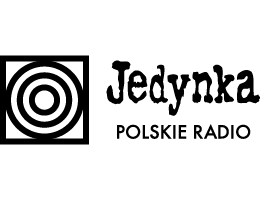
Mecenas koncertów „TERAZ | Stańczyk | Zamilska | LAB 2_El-Polska” oraz „DAWNIEJ | Halka wileńska”


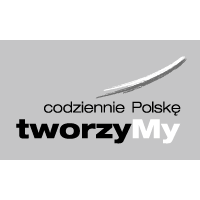
Mieczysław Karłowicz Philharmonic in Szczecin - Municipal Institution of Culture is co-led by the Ministry of Culture and National Heritage

Projekt Jesteśmy w domu sfinansowano ze środków Ministra Kultury i Dziedzictwa Narodowego w ramach Programu Wieloletniego NIEPODLEGŁA na lata 2017-2021.


Koncert „100 na 100. Muzyczne dekady wolności” współorganizowany jest przez Polskie Wydawnictwo Muzyczne o z okazji 100-lecia odzyskania przez Polskę niepodległości. Przedsięwzięcie realizowane jest pod Patronatem Narodowym Prezydenta Rzeczypospolitej Polskiej Andrzeja Dudy w Stulecie Odzyskania Niepodległości, sfinansowane ze środków Ministra Kultury i Dziedzictwa Narodowego w ramach Programu Wieloletniego „Niepodległa” na lata 2017-2022.
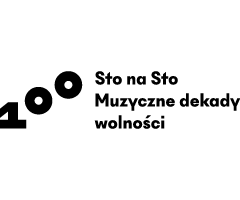

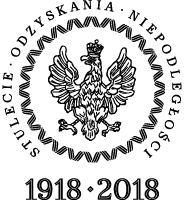
DETAILS
100/100 – Górecki’s Third Symphony
11-11-2018 17:00
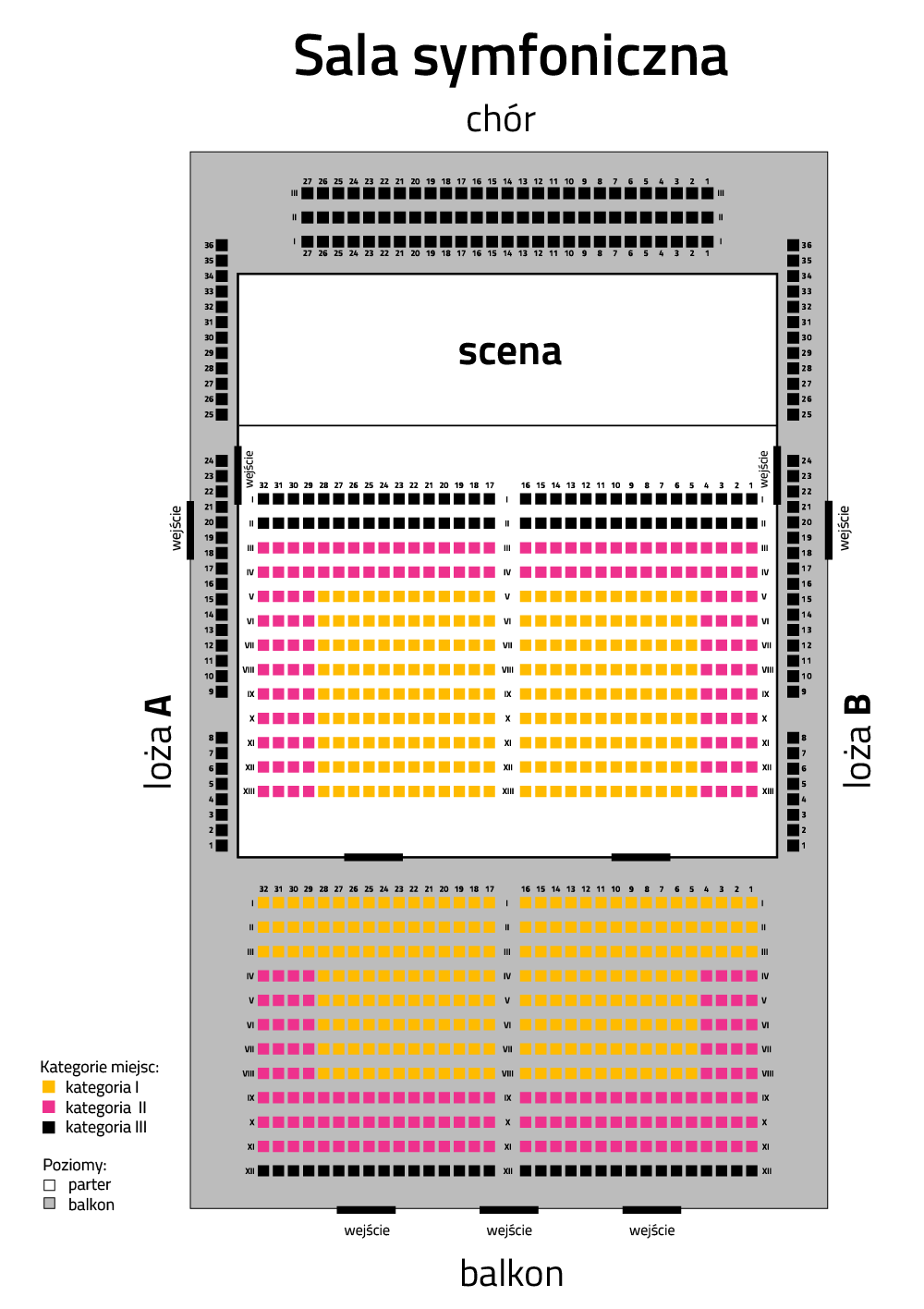
Symphony HallFilharmonia im. Mieczysława Karłowicza w Szczecinie
ul. Małopolska 48
70-515 Szczecin















